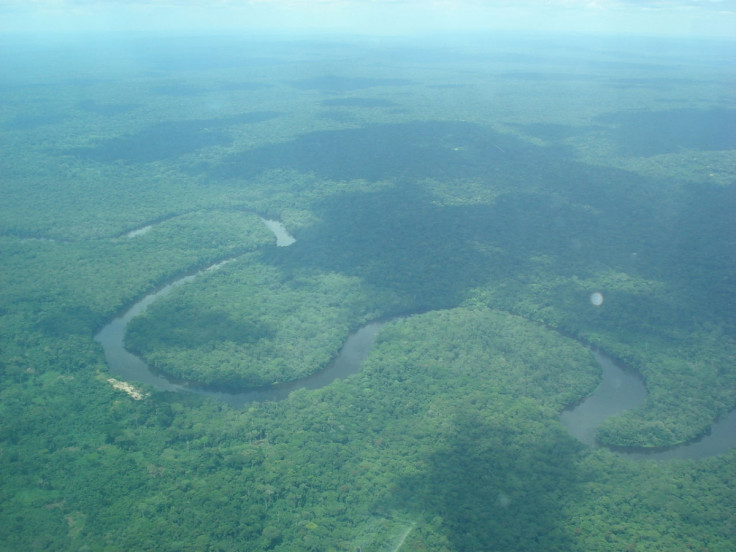Congo Rainforest Faces Major Changes from Long-Term Drought

Long-term drought that has caused a "large-scale" decline in the greenness of the Congo rainforest will eventually change the structure of the land, scientists have warned.
Nasa satellite images have shown a huge decline in forest area between 2000 and 2012. Published in the journal Nature, the study is one of the most detailed observational reports on the long-term effect of drought on the Congo rainforest.
Led by Liming Zhou, of the University of Albany, State University of New York, the researchers tracked the greenness of forest regions as an indicator of the forest's health.
They believe that if the drying trend - which has taken place since 2000 – continues, then the structure and composition of the Congo will be changed. That will affect its carbon storage and biodiversity.
"It's important to understand these changes because most climate models predict tropical forests may be under stress due to increasing severe water shortages in a warmer and drier 21st century climate," Zhou said.
The measure of greenness used – the Enhanced Vegetation Index – looked at intact forested regions during April, May and June - one of the two peak rainy, growing seasons - each year.
They found a gradually decreasing trend in rainforest greenness, suggesting a slow adjustment to long-term drought. The "browning" was consistent with the amount of water available.
Other climate factors, such as land surface temperatures, increased over the study period. The authors also found less cloudiness, resulting in more solar radiation, resulted in extra stress on the plants.
Study co-author Sassan Saatchi, of Nasa's Jet Propulsion Laboratory, said: "Forests of the Congo basin are known to be resilient to moderate climate change because they have been exposed to dry conditions in the past few hundred years.
"However, the recent climate anomalies as a result of climate change and warming of the Atlantic Ocean have created severe droughts in the tropics, causing major impacts on forests."
Structure and composition changes suggested include shifts in plant species in the Congo. The authors note that drier conditions, for example, favour deciduous trees rather than evergreens.
Zhou said: "Our assessment is a step toward an improved understanding of how African rainforests respond to increasing drought. We need to consider the complex range of processes affecting different tropical rainforest species before we can fully assess the future resilience of tropical forests."
© Copyright IBTimes 2024. All rights reserved.






